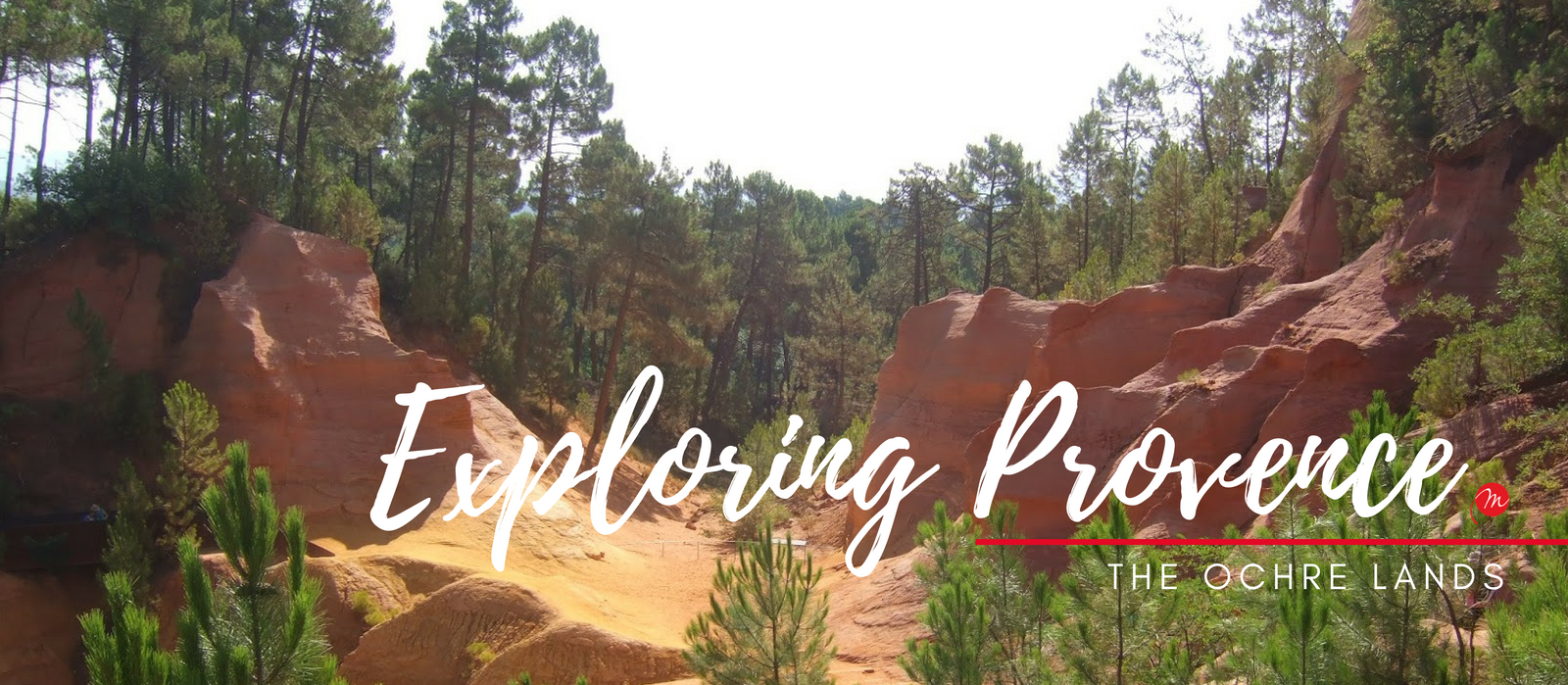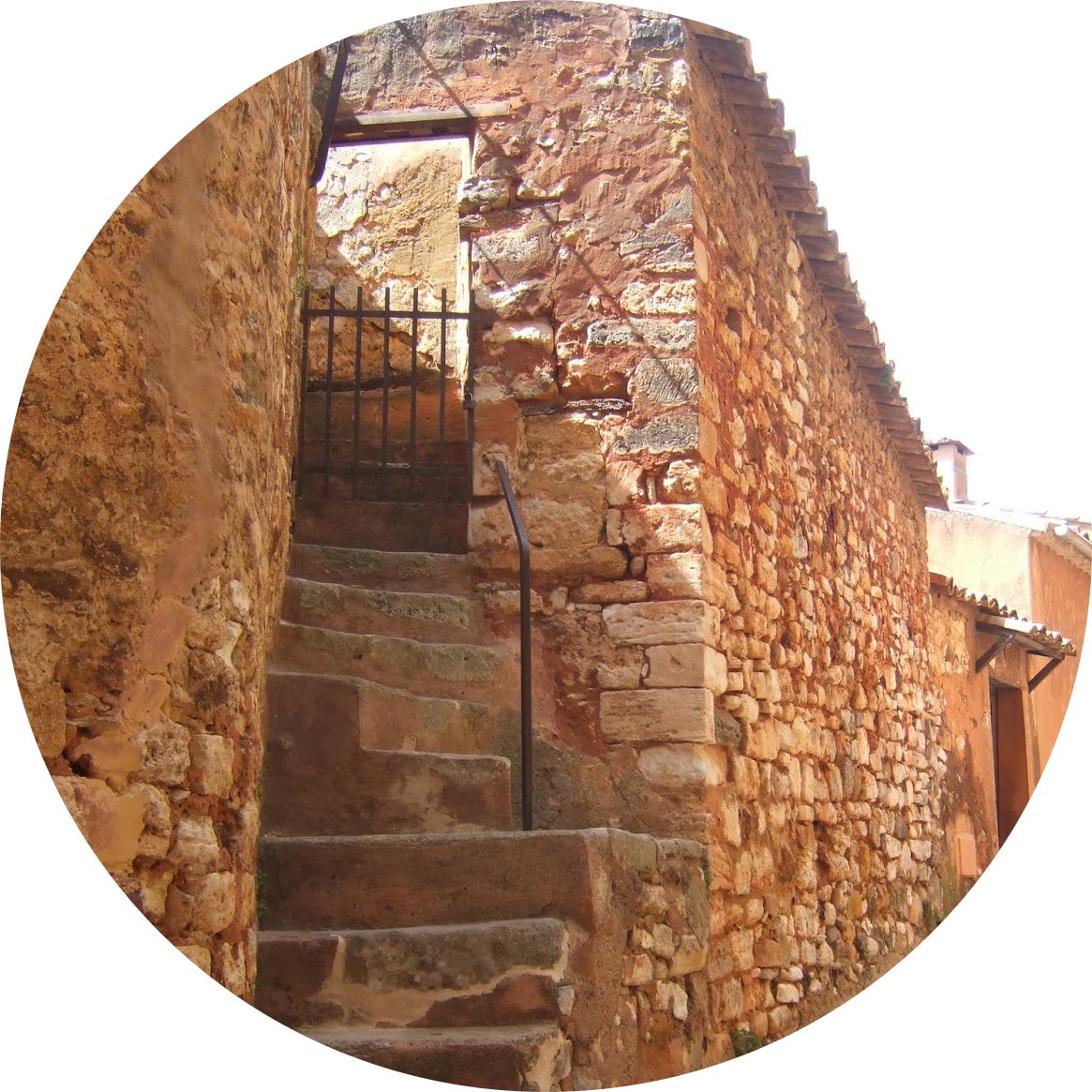Exploring Provence: the ochre lands of Provence

We’ll be stepping outside of Var this week to show some of the brilliant earth colours found in the ‘ochre lands’ of the Luberon region, Provence. I will also digress to show some of the equally brilliant earth colours found in the Western District of Victoria.
My husband is an artist with a profound interest in the history of colours – and of course those that can be found locally – so when in France two years ago, Roussillon was red-flagged for a visit.
Red – or rather red-ochre – is the operative word and the cliffs that once provided the hilltop town with employment, are not merely spectacular for the shapes created by wind erosion, but for their colour, which has almost literally, painted the town red.
Okay, it was not painted, rather it was dusted – again by the wind – and it glows with a rosy luminosity under the setting sun. The ochres were originally mined by the Romans who traded it through the port of Marseilles. From the mid-19th to mid-20th centuries Roussillon was the major producer of ochres for the whole of France.
There is a walk through the former ochre quarries and it is well worth taking the time to view the colours, the shapes, the contrast of the red ochre walls with the bright green pines and the way almost everything has been dusted red. It’s a bit like the central Australian red dust, so don’t wear white!
Just outside the town is an ochre pit where you can see the various stages of ochre production. They also hold painting days for people who are interested.

The introduction of cheaper colours made by using iron oxides led to the decline of the ochre pits around the time of World War Two. Ochres and earth colours of course have been used by the indigenous Australians for thousands of years – and ochres were traded as currency, used as body paint and in cave and bark paintings.
My husband, Alan, has collected a number of ochres – and other earth colours – from around the Western District and created paints and pastels from them. He exhibited some of his colours and paintings (pictured above) in an exhibition held at the Off the Rails Gallery in Dunkeld, some years ago.
Have you been to the ochre lands in Provence? What was the most beautiful part? Join us in the comments!






